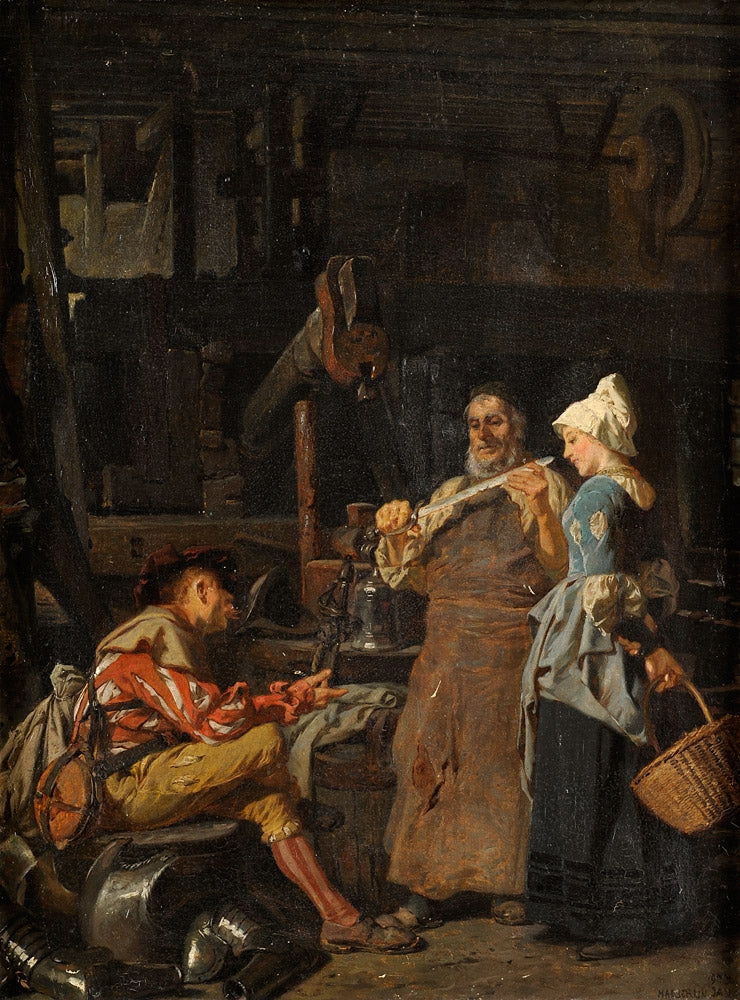Your Cart is Empty


Civilizations have been forging blades for centuries. From small knives and handheld blades to swords, pole weapons and spears, bladed weapons have been instrumental in defining the history of many civilizations. Even today, there are artisans who specialize in the craft of forging blades. And while they produce many of the same bladed weapons as their ancestors from the past, the way in which they forge these weapons has evolved.
Japanese Bladesmithing
It's believed that Japan's bladesmithing craft originated during the fourth or fifth century A.D. Some people assume that Japanese bladesmiths created their own forging and blade manufacturing techniques, but this isn't necessarily true. Although they certainly pioneered new techniques, they borrowed many of their techniques from their neighbors in China. The art of bladesmithing begin in China and eventually found its way to Japan via the Korean Peninsula.
During Japan's Kamakura Period (1185 to 1333), the region's bladesmithing art pivoted. Also known as the feudal period, the Kamakura period saw constant invasions from Mongolian forces, thereby forcing Japanese bladesmiths to perfect and improve their techniques. Rather than using the same techniques as their Chinese neighbors, Japanese bladesmiths invented new techniques that involved the use of high-carbon steel as well as differential heat treatment.
High-carbon steel, known as tamahagane steel, was instrumental in Japan's bladesmithing craft. Featuring a higher concentration of carbon than traditional steel, it allowed for a superior strength that was unparalleled at the time. Swords and bladed weapons made of high-carbon steel were stronger and more resistant to breakage than their counterparts made of traditional steel. And when combined with differential heat treatment, these swords and bladed weapons became the world's strongest and most powerful weapons.
Modern Bladesmithing
Today, bladesmiths continue to produce many of the same swords and bladed weapons as their ancestors from the past. With modern machines and equipment now available, however, the way in which they produced these weapons has changed. For example, bladesmiths are no longer forced to forge steel, and many smaller bladed weapons can be made from flat bars of metal like steel.
With that said, some bladesmiths continue to use the same techniques to make swords and bladed weapons as their ancestors from the past. There are Japanese swordsmiths today that focus specifically on traditional bladesmithing techniques simply because they want to preserve this cultural art. And while you can expect to pay more for these genuine, authentic traditional swords, the value lies in their superior quality and attention to detail.